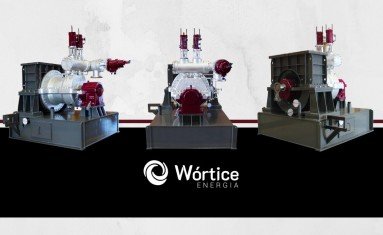What is distributed generation?
Distributed generation is characterized by the installation of small generators, usually from renewable sources or even using fossil fuels, located close to the centers of electricity consumption.
In general, the presence of small generators close to the loads can provide several benefits to the electrical system, among which the postponement of investments in expansion in the distribution and transmission systems stands out; the low environmental impact; the improvement of the voltage level of the network in the period of heavy load and the diversification of the energy matrix.
On the other hand, there are some disadvantages associated with the increase in the number of small generators scattered throughout the distribution network, such as: the increase in network operation complexity, the difficulty in charging for the use of the electrical system, the possible incidence of taxes and the need to change distributors' procedures to operate, control and protect their networks.
Since April 17th, 2012, when ANEEL created the Electricity Compensation System, Brazilian consumers can generate their own electricity from renewable sources or qualified cogeneration and even supply the surplus to their local distribution network.
What are the types of distributed generation?
Remote self-consumption
Characterized by consumer units owned by the same Legal Entity, including head office and branch, or individuals who have a consumer unit with micro or mini-generation distributed in a different location from the client units, within the same concession or permission area, in which the surplus energy will be compensated.
Shared generation
Characterized by the gathering of consumers, within the same concession or permission area, through a consortium or cooperative, composed of an individual or legal entity, which has a consumer unit with micro or mini-generation distributed in a different location from the client units in which the surplus energy will be compensated.
Development with multiple consumer units (condominiums)
Characterized by the use of electric energy independently, in which each fraction with individual use constitutes a consumer unit and the facilities to service the areas of common use constitute a distinct consumer unit, under the responsibility of the condominium, the administration or the owner of the enterprise, with distributed micro or mini-generation, and provided that the client units are located on the same property or on contiguous properties, the use of public roads, aerial or underground passages and the properties of third parties not part of the enterprise being prohibited.


